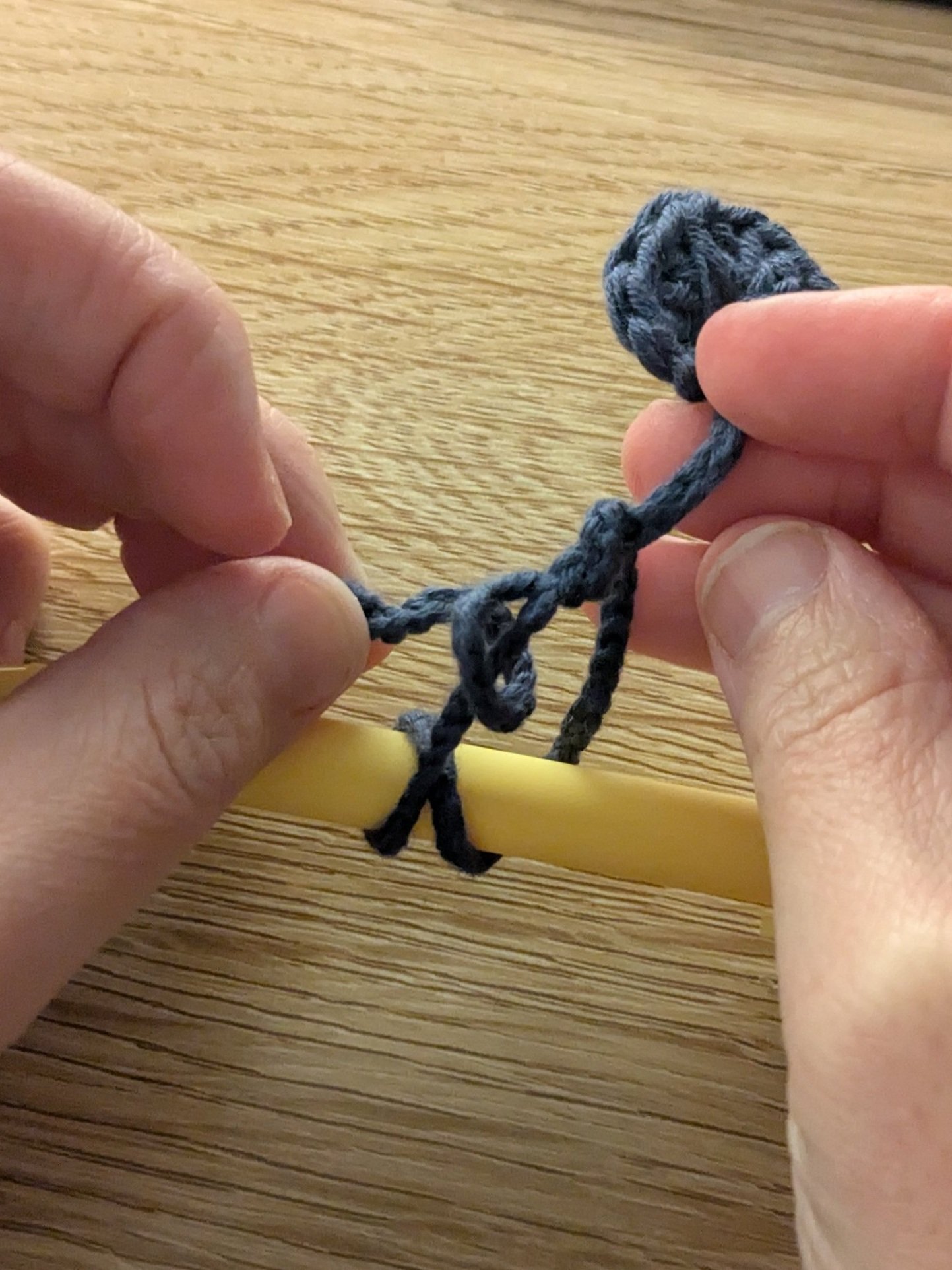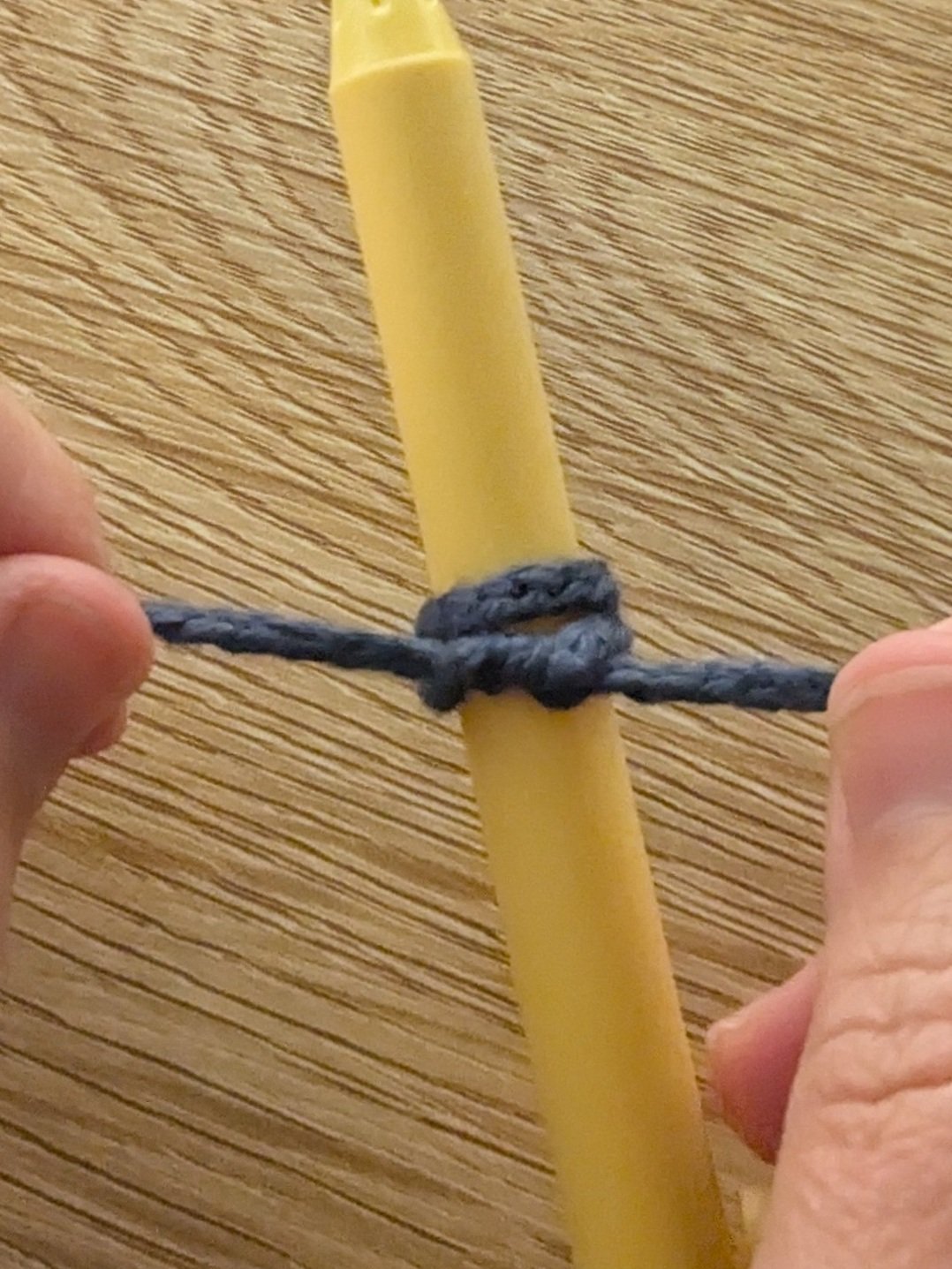umbilical cord tie
Why does the cord need to be tied or clamped?
After a baby is born, the umbilical cord continues to carry blood from the placenta to the baby until it collapses on itself and closes off. This is known as the physiological closure of the blood vessels. This can take anywhere between 3 and 15 minutes. During this time, the cord changes in colour and goes limp and floppy. This process is known as “wait until white” A tie or clip is then put on the cord prior to cutting it as a precaution to prevent blood loss to the baby and infection.
Sometimes, the cord is cut the cord before the physiological closure of the blood vessels. (This used to be common practice. However more recent research indicates that waiting for the cord to close physiologically is more beneficial for mother and infant). When the cord is cut early, clamping is important to stop blood loss from the baby and often it is preferred to use a plastic clip as opposed to a cord tie as it is thought to be more effective at clamping down the open blood vessels and is quick and easy to use for the medical staff. However, once the bleeding has stopped, it is possible to tie a cord tie around the stump, near the clip and remove it.
A plastic clip that is most often used to clamp the umbilical cord.
Why use a cord tie?
Umbilical cord ties are made of 100% organic cotton and are soft on baby’s skin. They are less bulky than the plastic clip, so can be more comfortable for baby and the parents when doing skin to skin. They also have the bonus of being more aesthetically pleasing and are available in a range of cute designs.
The main concerns that people have with a cord tie is that it is not sterile and it is not secure. If sterilisation is a concern, it can be boiled for 10 minutes then stored in a snaplock bag in the freezer until needed. However, it is not necessary for it to be sterile as it is going on the outside of baby’s body and not coming into contact with baby’s blood stream. When tied on properly, the cord tie is secure and effective. Being made of cotton means it is not stretchy and ties tightly and snugly around the cord. As explained above, when the cord is cut early, a plastic clip may be initially used until bleeding has stopped.
Crochet umbilical cord tie, made from 100% organic cotton.
How do you tie an umbilical cord tie?
Wrap the tie around the cord twice
2. Cross the two ends
3. Pass the tail under again
4. Pull tight
5. Tie a single knot on top
6. Pull tight
If the tail of the tie is too long once on, a knot can be added and the tie cut shorter
Are you looking for support in navigating your pregnancy, birth or postpartum period?









